Have you already reviewed this film? The answer would be yes and also no. ORWO Wolfen NP100 is a film that is a variant of the cult favourite motion picture film, UN54+. However, the folks at Filmotec have added an anti-halation and anti-static layer to the film stock to make it better for still photography. And that’s enough of a change for me to warrant a full-on review. Now the history of ORWO is complicated; the company was formed from the original home of Agfa in the German town of Wolfen. When World War Two divided Germany in the post-war era, Wolfen ended up in the Soviet zone of control, eventually the Democratic Republic of Germany or East Germany. At the same time, Agfa set up in West Germany. Both companies continued to produce Agfa products, but in 1964 the eastern part of the firm took the name ORWO or Original Wolfen. After the reunification of Germany, ORWO was liquidated, and an attempt was made to take the company public. When that failed, it was split into different firms, and Filmotec was born. Recently a single owner has been reunifying the surviving film production parts of the company under a single banner of ORWO again. The company faces a lot of backlash from their lack of communication, legal actions against the owner, and many delays and excuses. I’m surprised I even got my order of NP100 in time for this year’s review cycle. I will also note that all the development times used for this review are based on the times for UN54+, which all work well with NP100.
I am well aware of the legal troubles surrounding the current owner of ORWO, Jake Seal. This review is not a reflection of my support of Seal, it is simply a review of a film stock. I fully support and believe Eva Green and her assessment of Seal’s character.
Film Specs
Type: Panchromatic B&W
Film Base: Polyester
Film Speed: ASA-100, Latitude:
Formats Available: 135 (35mm)
Roll 01 – Kodak D-76
While the datasheet calls for D-96, as this film is dedicated to still photography, it only makes sense to start with D-76. And it shows off what the film can do well. The first thing is a clear contrast, not too high or not too low, and a definite middle contrast. These images have a wide tonal range and excellent blacks and whites. The edge sharpness is impressive, with visible grain, but nothing serious. NP100 has a pleasing traditional grain structure, and D-76 shows it off well. I recommend keeping the developer at the stock dilution for the best results. However, going to a 1+1 dilution requires constant rotation to get the best results. While these are not my favourite results, they work well in most situations if you like that middle contrast. I also recommend adding a yellow filter to give it a boost.
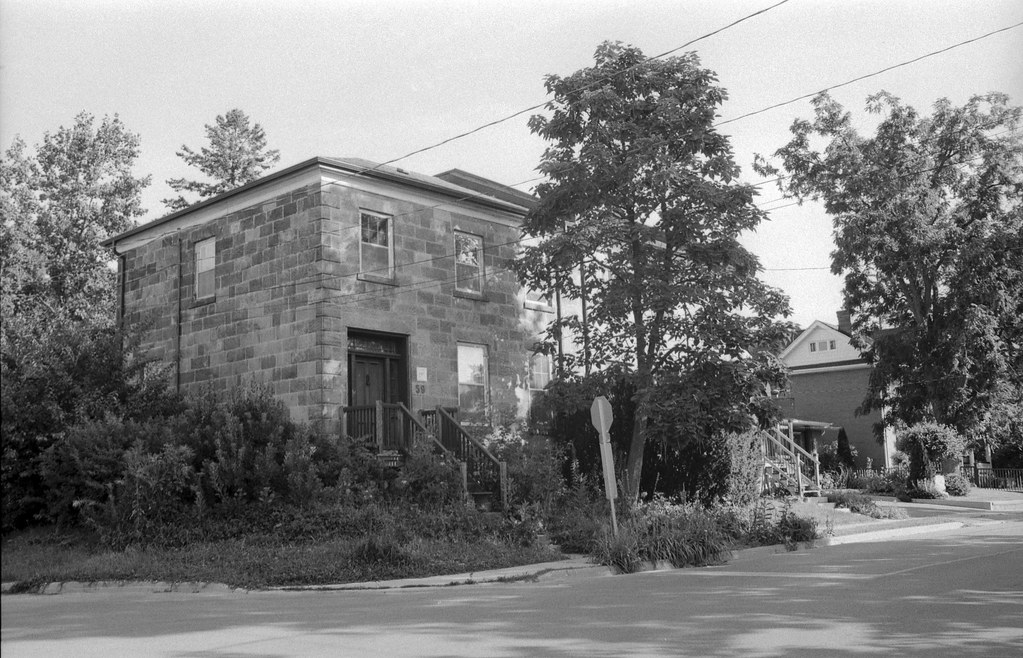
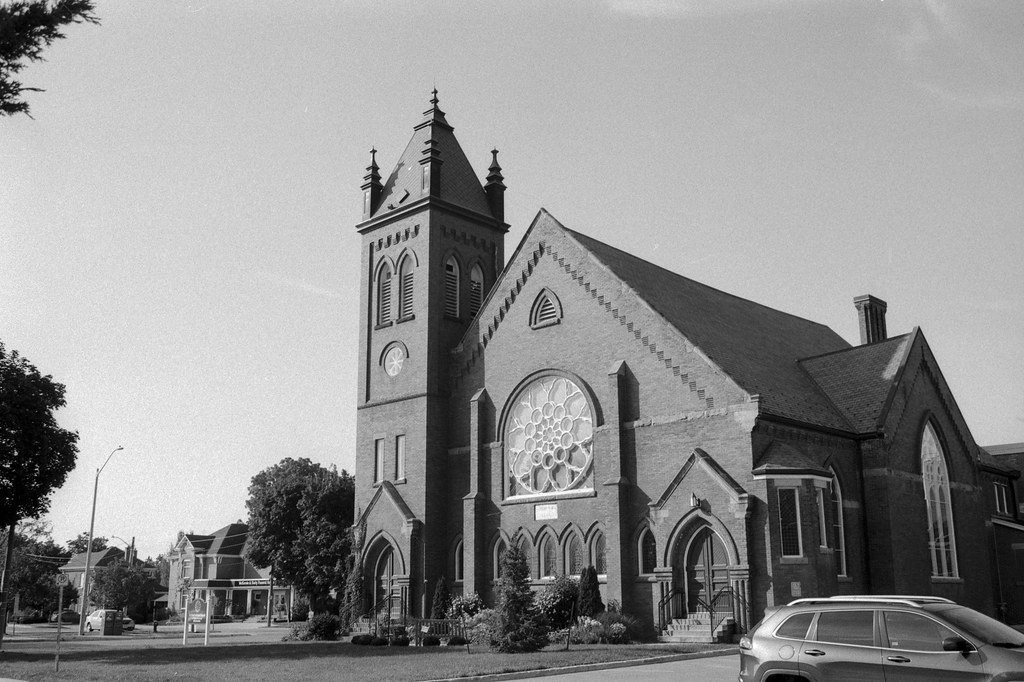
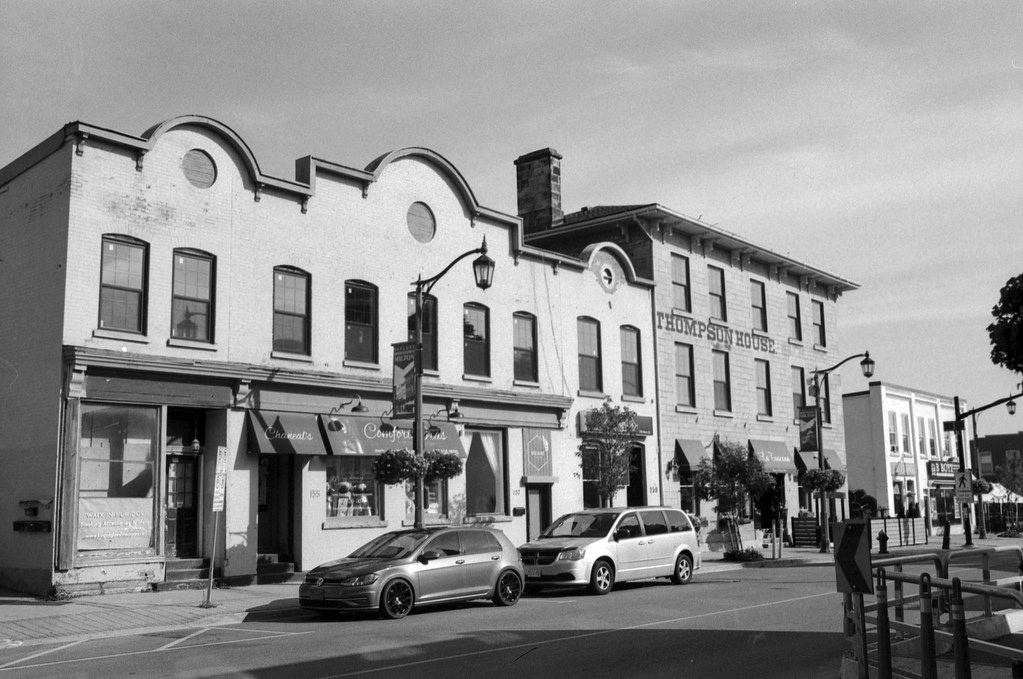

Roll 02 – Ilford Ilfotec HC
A few people have complained about NP100 and Ilfotec HC/HC-110, mainly because of the confusion on the listed times. I can understand why there is a lot of information that doesn’t make sense. First, it lists the Dilution H (1+63) times at 7.5, while the Dilution B (1+31) times at 6 minutes. If you go by regular patterns, if the B time is 6, the H time is 12 minutes. And yet, here we are; I’ve constantly developed in Dilution H 7.5 minutes, and I love the results. On this roll, I added a yellow filter on the lens to see about boosting the contrast with a dilute developer. And I was not disappointed; the negatives came out from the tank perfectly and scanned beautifully. I had only a bit of adjustment for these frames. The contrast is on point, a high-middle ground that helps with overall tonality. You also have fantastic edge sharpness; there’s a bit more visible grain, but nothing too serious. The short development time, dilute developer, yellow filter and the right light all contributed to these results. And honestly, it remains a favourite combination.
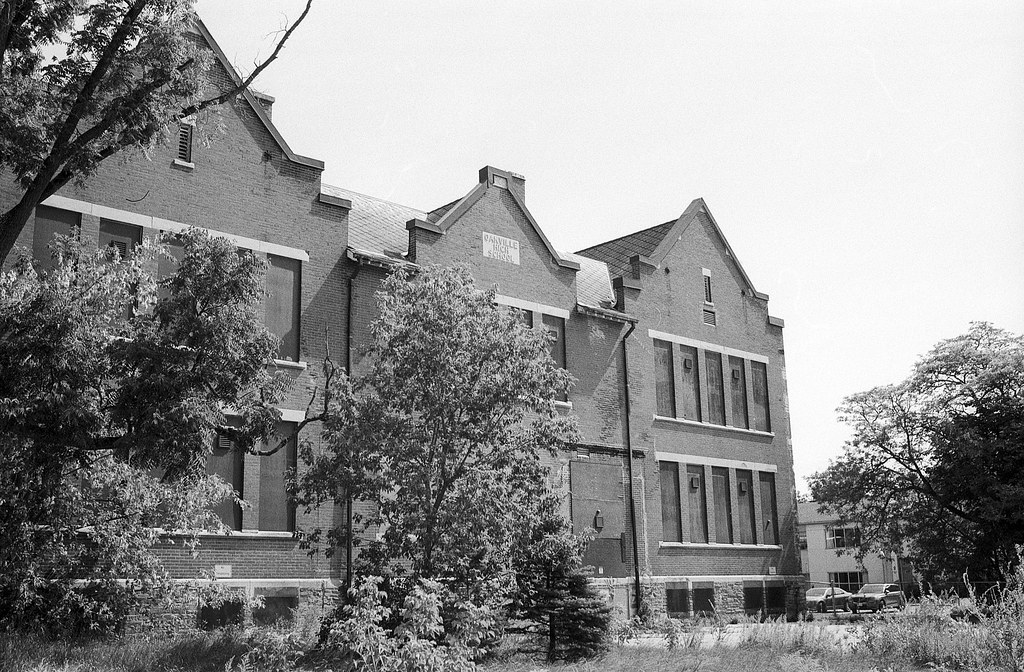
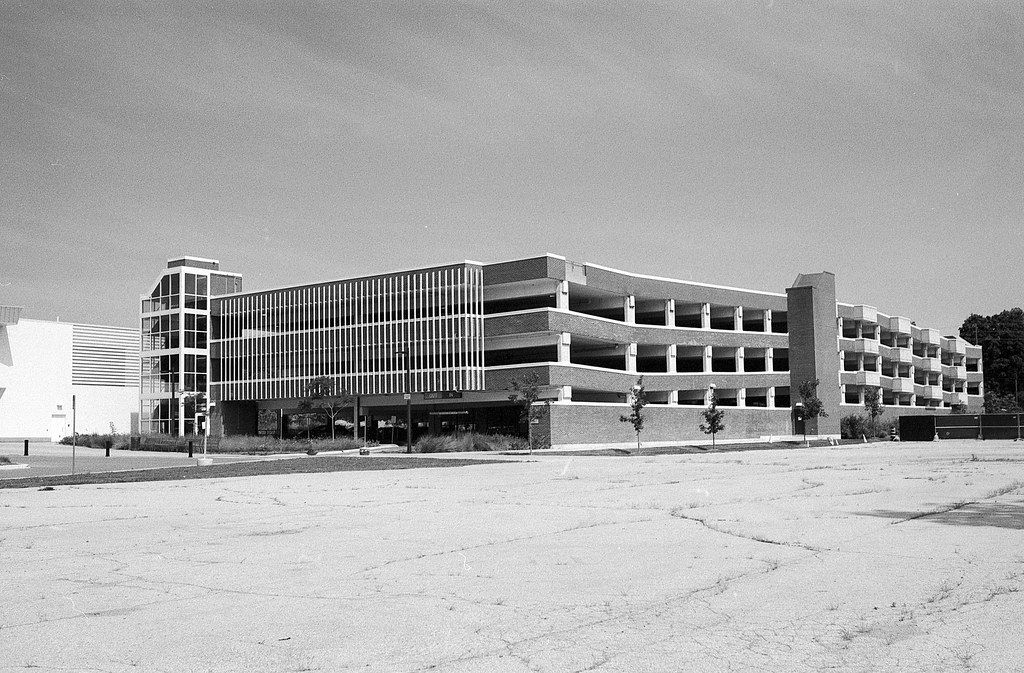
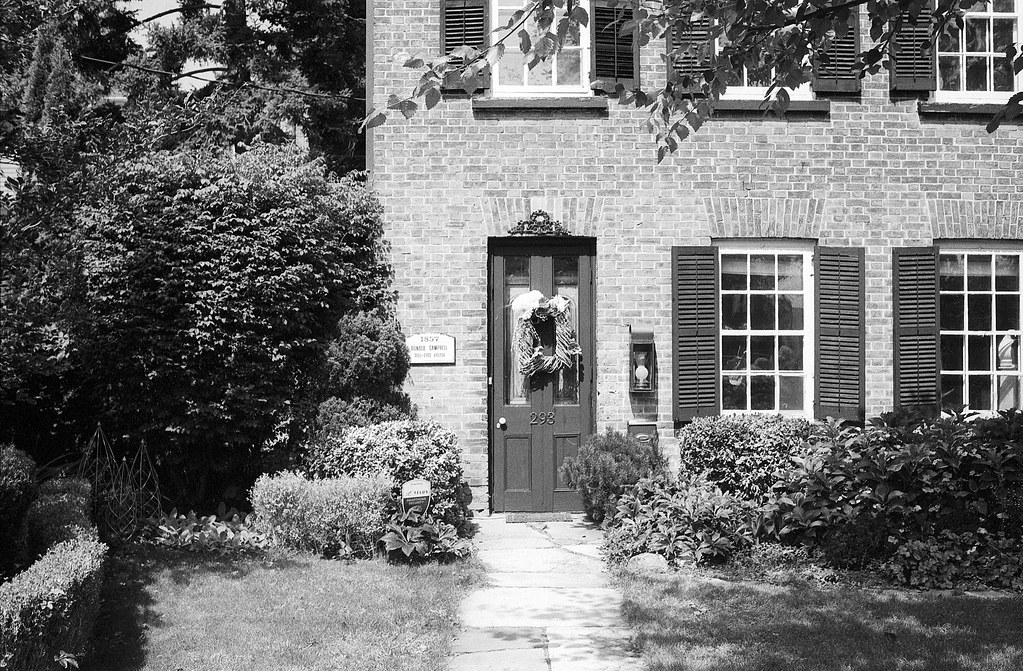
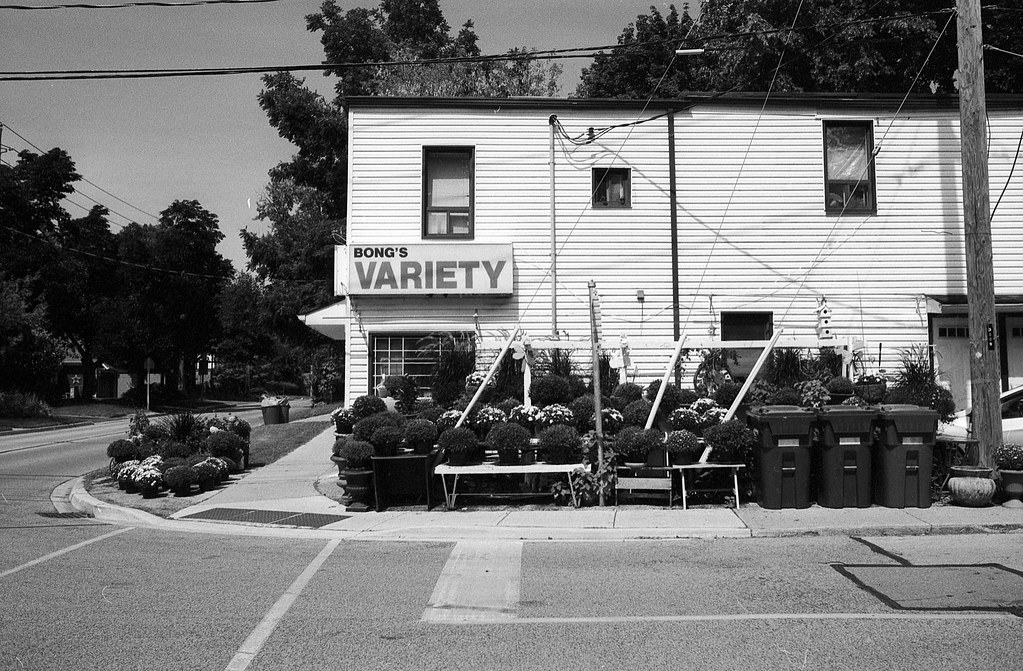
Roll 03 – Adox Rodinal
I was curious about this combination when I started considering this review. I thought of cutting out Rodinal and replacing it with something different. But after a bit more thinking, I decided to run it with a dilute mix because Rodinal is often the developer of choice for many photographers. And given the results I got with Ilfotec HC, Rodinal would be a strong choice. And you know, I was first a little wary when I pulled the film out of the tank. The negatives looked dense, but I started seeing beautiful results when scanning. And you know, I’m glad I went this way because the results speak for themselves. These images are sharp, with increased visible grain, which helps give the edges that snap. There is also a higher contrast, a moderate-high contrast, but that could also have to do with the radically different lighting conditions I was working with at the time. While this worked under the canopy, the contrast decreased when I was under the sunlight, so that a yellow filter would be a good choice. Either way, this is an excellent combination, and you shouldn’t be wary about the results you get from Rodinal. But I recommend using a 1+50 dilution over a 1+25; the extended development time is worth the effort for the results.
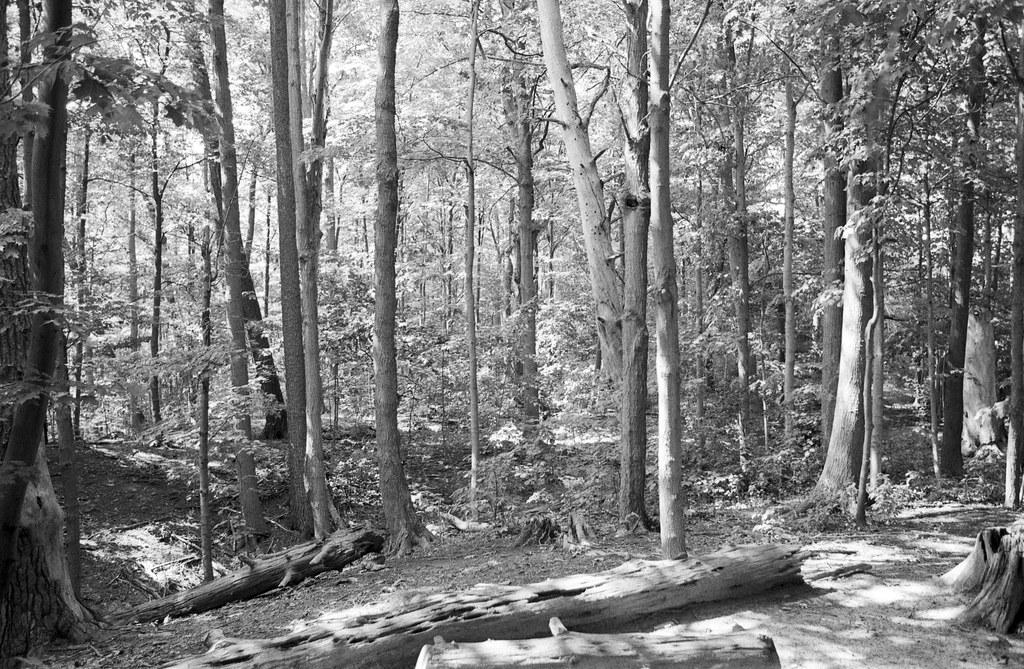

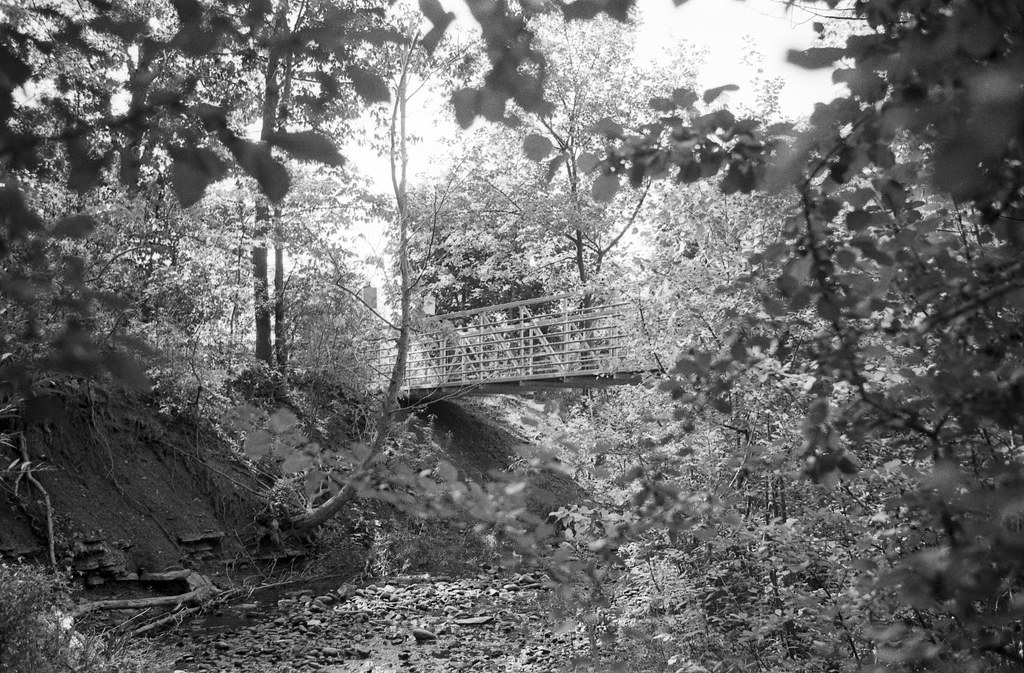

Roll 04 – Zone Imaging 510-Pyro
I was still determining what developer to use here for the fourth roll and flipped between 510-Pyro and FX-39 II many times. Before I shot this roll, I ran a test roll through the Nikkormat FT2 to try out the semi-stand developing method I had found for UN54+; the results were okay but not my favourite. I chatted with James Lanes about coming up with a time for constant rotation and using a 1+100 dilution, and between the two of us, I settled on five minutes. When studied under a loupe, the negatives looked excellent right out of the tank, with good stain, perfect density, and plenty of visible detail. The scans did not disappoint either, and while these were shot under overcast conditions, I still got a lovely long tonal range, excellent fine grain and good edge sharpness. And all three are exactly what I expected from 510-Pyro and NP100. This is another incredible choice but go for the constant rotation, not a semi-stand development method.


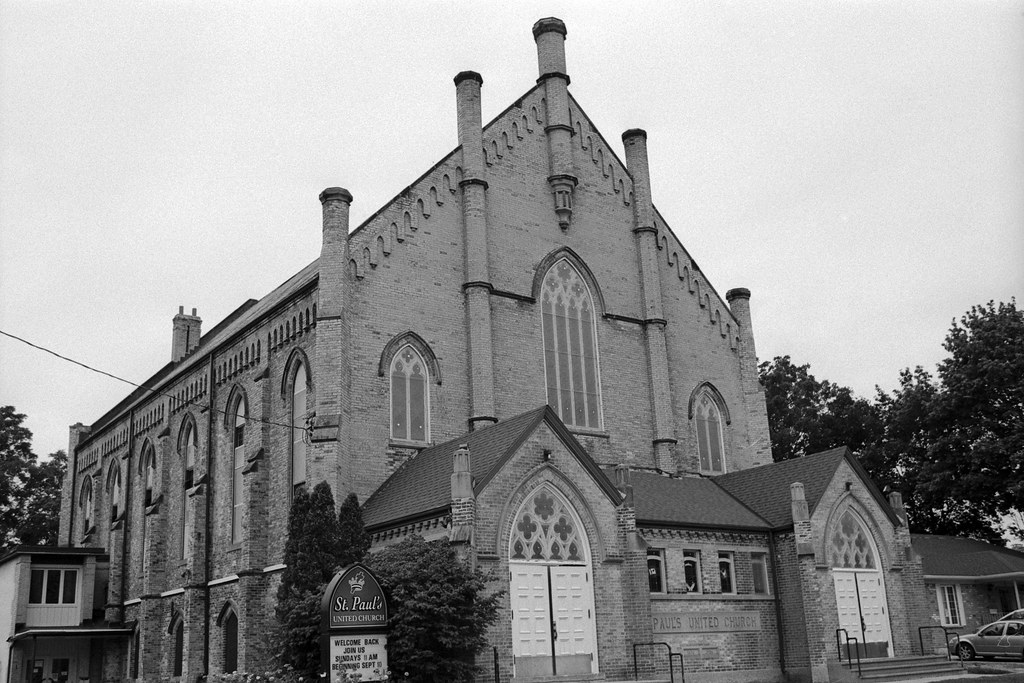

Final Thoughts
The odd thing I noted about this film is that the rolls I got in boxes had a note printed. While it does say “Black & White Negative Film”, it also says Process C-41. Was this chromogenic B&W film? The film stock did not look like a C-41 B&W film, like Ilford Super XP2; it looked like a traditional B&W film. Thankfully after my first roll, I was relieved that it was a traditional black & white film. It also dried flat and scanned easily with my Epson V700. My favourites being D-76, Ilfotec HC and 510-Pyro. Although I also feel that this film does like being shot behind a yellow filter. Two other good choices would be D96 and FX-39 II for developing your film. I held my nose when I reviewed this film. The owner of ORWO has a poor reputation in the public eye, and ORWO/Filmotec has a poor reputation. They have jerked around more than the community of film photographers but also several reputable firms simultaneously. Will I use NP100 again? Probably not; it’s not worthwhile, and I don’t want to support someone who doesn’t support the photography community. Will I review the other ORWO films? I will ensure the information is online, but with all the company’s troubles, I don’t know if I will ever get my hands on the stocks to run them through a review cycle.
Further Reading
Don’t just take my word on NP100, you can check out the reviews by other awesome camera reviewers!
Random Camera Blog – Single Roll Review – Orwo Wolfen NP100

Polyester base? Are you sure
Thank you for this review. I bought a NP100 to test and wasn‘t sure how to develop.